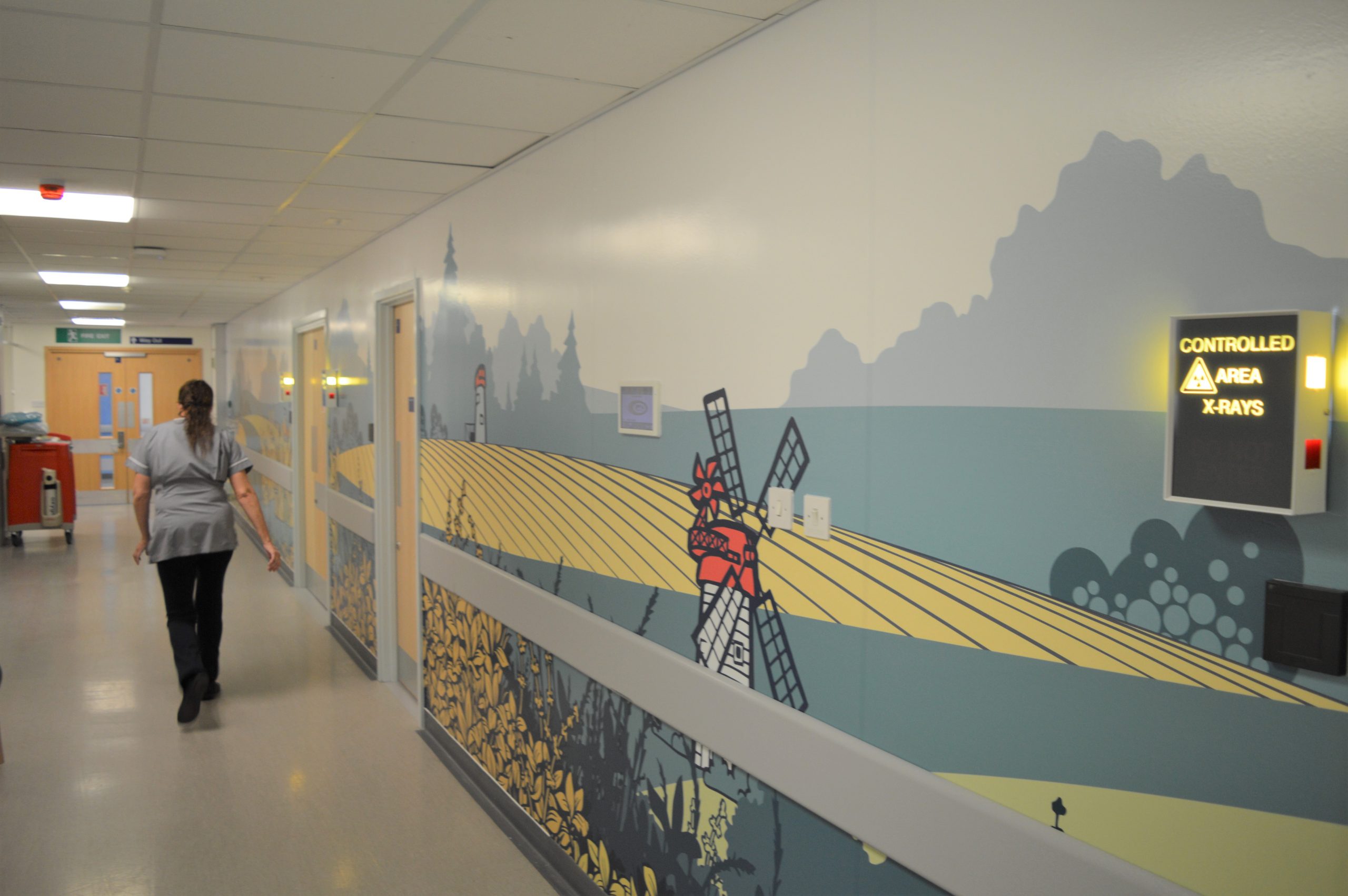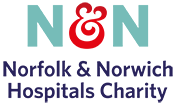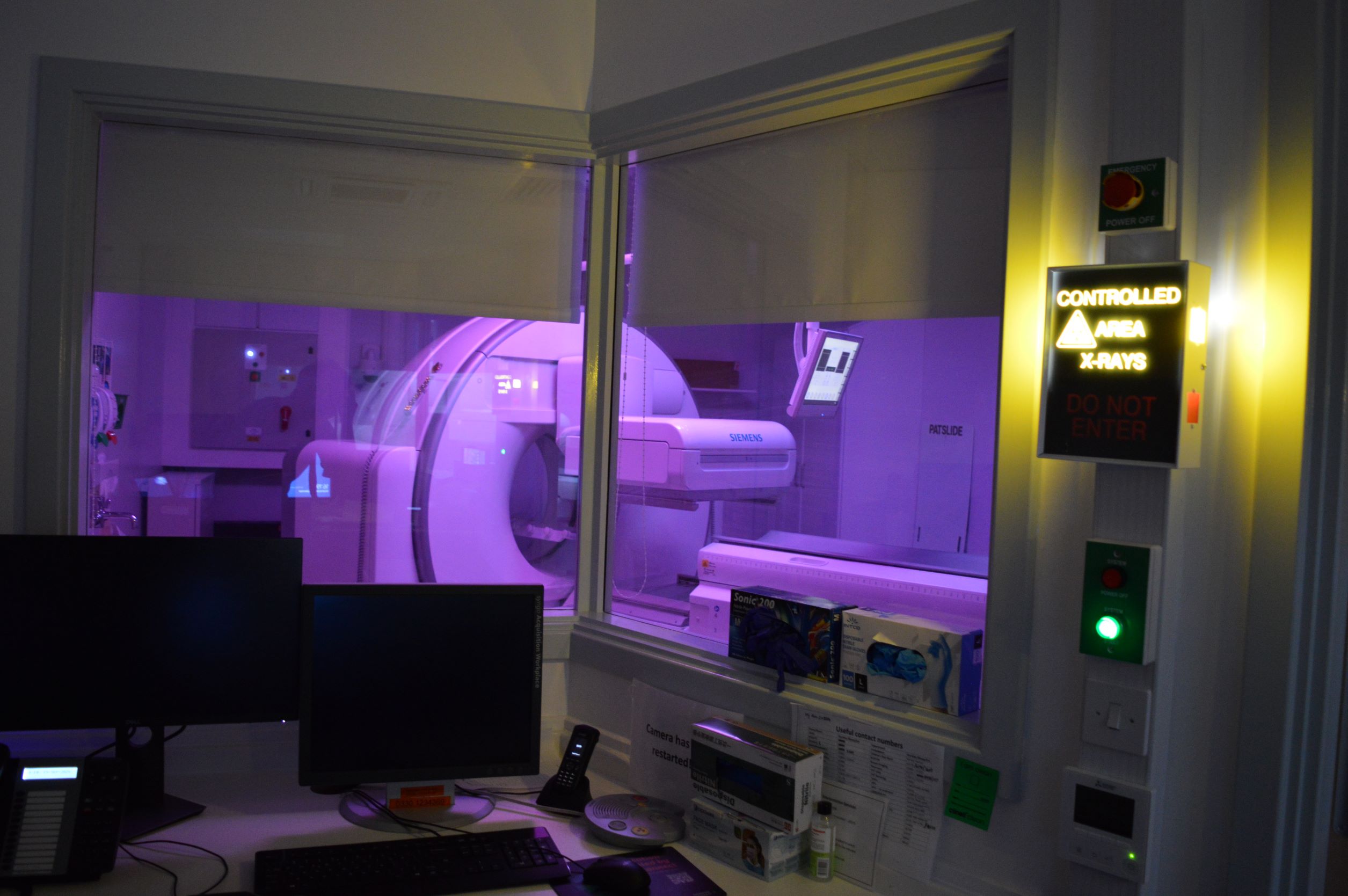A £2.5m project to improve diagnostics capacity and patient experience at the Norfolk and Norwich University Hospital has been completed with the refurbishment of the Nuclear Medicine service.
Work began at the hospital in January 2020 to reconfigure the department to increase the number of SPECT-CT scanners at NNUH from one to three.
The state-of-the-art gamma cameras help provide more capacity and flexibility to ensure urgent and cancer scans are carried out in a more timely manner and the new technology allows new procedures and therapies to the carried out.
The Nuclear Medicine department has been reconfigured and refurbished including new artwork by Norfolk artist Beverley Coraldean, which has been funded by the N&N Hospitals Charity.
Nuclear Medicine is a form of functional imaging that characterises how various parts of the body are working at any given time. Small amounts of radioactive material are injected into patients which act to mimic the physiological process being studied and are detected by a gamma camera. The gamma cameras installed in the new department are called SPECT-CT machines which can produce 3D images of patients with not only function but also anatomy fused together. This fusion gives radiologists better clarity and precision when identifying patterns of disease which ultimately leads to greater confidence in reporting.
Matthew Gray, Clinical Scientist, said: “This investment makes a huge difference to our Nuclear Medicine service and for local patients to provide high quality imaging for a range of conditions. We are in the process of trying to expand our therapeutic portfolio to incorporate relatively recent ‘theranostic’ radiopharmaceuticals that can provide diagnostic imaging and therapeutic action to target neuro-endocrine and prostate cancers. The expansion of Nuclear Medicine will enable the treatment and imaging to take place in Norfolk for more cancer cases removing the need for these patients to travel long distances for their cancer treatment.
“The department has also purchased a machine that is capable of generating radioactive gas to perform lung ventilation studies with the intention of expanding the lung imaging service and improved diagnostic imaging for patients with suspected pulmonary embolism.
We are also looking to make inroads into establishing a 3D imaging head and neck melanoma service using SPECT-CT imaging.”
Julie Cooper, Head of Grants for the N&N Hospitals Charity, said: “It is lovely to see Beverley’s wonderful artwork making the unit attractive and welcoming. The Hospitals Charity provides the ‘extras’ over and above what the Trust can do with NHS funding, and we are always keen to fund improvements to the hospital environment to enhance patients’ experience in our hospitals.”
Norfolk cancer charity Big C awarded provided a grant of £38,054 to the department so that all three camera rooms in this facility could be equipped with moving and static image LED ceiling panels and also equipped with a built in media unit to offer music and radio.
By providing this grant, the patient experience can be improved whilst they are waiting for the scan to complete giving comfort to patients and a much needed distraction.
Dr Melanie Pascale, Director of Charitable Operations at Big C said: “It is fantastic to see the new LED ceiling panels in place and operational. Big C aims to continually improve the care for those locally who are affected by cancer and we were keen to fund this aspect of an innovative project to improve the patient experience.”







